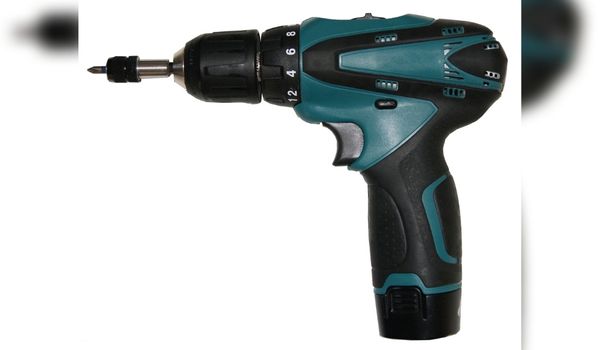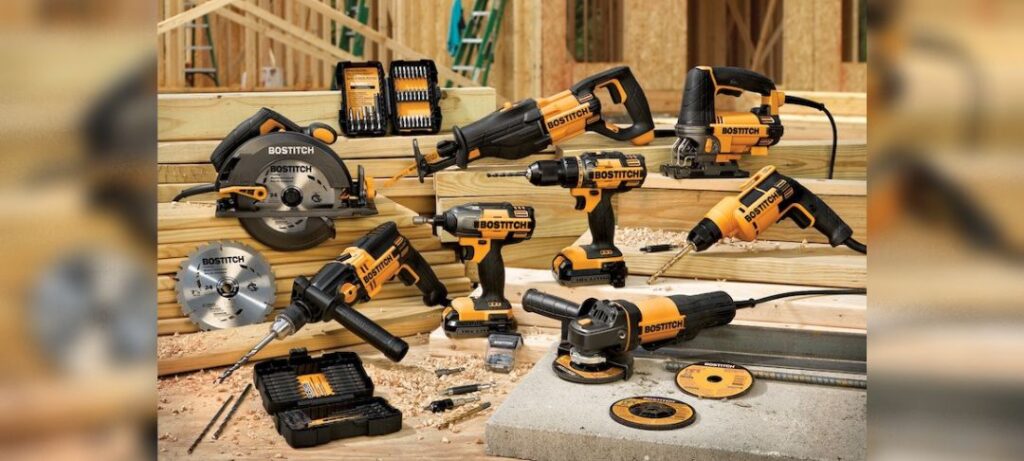Traveling with power tools can be a hassle, but it doesn’t have to be. Whether you’re a contractor heading to a job site or a DIY enthusiast going on vacation, you want to make sure your power tools arrive at your destination in one piece. But with so many airlines and so many rules, it can be hard to know what’s allowed and what’s not. That’s why we’ve put together this comprehensive guide on how to travel with power tools in checked baggage. From understanding airlines’ policies to properly packaging your tools, we’ll cover everything you need to know to make your next trip with power tools a success.
Airlines’ Policies on Power Tools in Checked Baggage
When it comes to traveling with power tools, the first thing to consider is the airline’s policy. Each airline has its own set of rules and regulations when it comes to what you can and cannot bring in checked baggage, and it’s important to know these before you pack your bags. Some airlines allow power tools as long as they are properly packaged and labeled, while others may have restrictions on the size, type, or battery type of the tools you can bring. To avoid any headaches or delays at the airport, be sure to check the policy of your airline before you travel. One important thing to note is that the regulations for power tools in checked baggage can vary between airlines and even between flights, so it’s always a good idea to check with your airline directly before traveling. You can usually find this information on the airline’s website or by calling their customer service line. Some airlines also have specific guidelines for carrying lithium-ion batteries, which are commonly used in power tools, so be sure to pay attention to these restrictions as well.
Packaging Power Tools for Checked Baggage
Properly packaging your power tools for checked baggage is crucial to ensuring that they arrive at your destination in good condition. When you’re packing your power tools, be sure to use a hard, sturdy case or container that is designed to protect your tools during transit. You can purchase a specialized tool case or a hard-shell suitcase to store your tools in, or you can use a cardboard box lined with foam or bubble wrap. It’s also important to label your power tools as fragile and to clearly state the contents on the outside of the case or container. This will help ensure that the airline’s baggage handlers handle your tools with care. Additionally, if you have any concerns about the safety of your power tools, you can consider wrapping them in plastic shrink wrap for extra protection. When it comes to lithium-ion batteries, it’s important to follow the guidelines set by the airline. In general, you should remove the batteries from the power tool and store them in a separate, secure location. You may also be required to cover the terminals of the batteries with tape to prevent any accidental discharge during transit.
Power Tools and TSA Security Screening
If you’re traveling with power tools, it’s important to know what to expect during TSA security screening. The Transportation Security Administration (TSA) is responsible for security at airports and other transportation facilities, and they have specific guidelines for what you can and cannot bring through security checkpoints. When it comes to power tools, TSA generally allows them in checked baggage, but they may need to be screened. This means that your power tools and the packaging they are in may be X-rayed or physically inspected. To make the screening process go smoothly, it’s a good idea to pack your power tools in a clear, accessible manner so that they are easily visible to TSA officers. If you’re traveling with lithium-ion batteries, it’s important to note that TSA has specific regulations for these batteries. You can typically bring them in your checked baggage, but they may need to be removed from the power tool and placed in a separate plastic bag. TSA also has restrictions on the size of the batteries you can bring, so be sure to check their website for the latest information. It’s also important to keep in mind that TSA reserves the right to open and inspect any baggage, including checked baggage. If your power tools or packaging are not properly labeled or are suspicious in any way, TSA may need to conduct a more thorough inspection. To avoid any delays or headaches at the airport, be sure to pack your power tools in a safe, responsible manner and follow all TSA regulations.
Alternatives to Checking Power Tools

If you don’t want to check your power tools or if your airline doesn’t allow them in checked baggage, there are other options available. One option is to bring your power tools as carry-on luggage. This way, you can keep an eye on your tools throughout the flight and ensure that they are protected. However, it’s important to note that airlines have restrictions on the size and weight of carry-on luggage, and your power tools may not fit within these guidelines. Additionally, TSA has specific regulations for power tools in carry-on luggage, so be sure to check their website for the latest information. Another option is to rent power tools at your destination. This can be a cost-effective and convenient way to access the tools you need without having to worry about traveling with them. There are many tool rental companies that offer a wide variety of tools, including power tools, so you should be able to find what you need. If you’re traveling internationally, you may also be able to purchase power tools at your destination. This can be a good option if you’re planning on staying in one place for an extended period of time and need a set of tools for a specific project. Regardless of the option you choose, it’s important to consider the costs, time, and convenience of each option and choose the one that’s right for you and your trip. Whether you choose to check your power tools, bring them as carry-on luggage, rent them, or purchase them, the most important thing is to plan ahead and make informed decisions to ensure that your trip is as smooth and stress-free as possible.
Power Tools and International Travel
If you’re traveling internationally with power tools, it’s important to be aware of the regulations and restrictions that apply in the countries you’ll be visiting. Different countries have different rules regarding what you can and cannot bring into the country, and these rules may also vary depending on the type of power tool you’re traveling with.
To ensure a smooth and hassle-free trip, it’s a good idea to research the regulations for each country you’ll be visiting. You can typically find this information on the country’s official government website or by contacting their embassy or consulate.
When traveling with power tools, it’s also important to keep in mind that some countries have restrictions on the type and size of power tools that you can bring into the country. For example, some countries may have restrictions on the use of certain types of power tools for environmental or safety reasons, or they may have restrictions on the size and weight of the tools that you can bring in.
To avoid any problems at the border, be sure to declare your power tools when entering the country. If you’re unsure about the regulations, it’s always better to err on the side of caution and declare your tools. This can help to avoid any potential issues or fines and ensure that your trip goes smoothly.
Prohibited Power Tools
While many power tools are allowed in checked baggage, there are some that are strictly prohibited by TSA and other authorities. These prohibited power tools include, but are not limited to, saws, drills, and other tools that could potentially be used as weapons.
TSA has a list of prohibited items on its website, and they regularly update this list to reflect changing security threats and regulations. If you’re unsure about the status of a specific power tool, it’s best to check the TSA website or contact them directly.
In addition to TSA restrictions, some airlines may also have their own restrictions on what types of power tools can be carried in checked baggage. It’s a good idea to check with your airline before your flight to make sure that your power tools are allowed.
If you’re traveling with a power tool that is prohibited, you may be able to ship it to your destination instead. This can be a good option if you don’t want to leave your tools behind, but it’s important to research the shipping regulations and costs ahead of time to ensure that your tools arrive safely and in a timely manner.
In conclusion, when traveling with power tools, it’s important to be aware of the regulations and restrictions that apply. Whether you’re traveling domestically or internationally, make sure to research the rules and regulations and to pack your power tools in a safe and responsible manner to ensure a smooth and stress-free trip.
Conclusion
Traveling with power tools can be a challenge, but with the right information and preparation, it can be a breeze. By understanding airlines’ policies on power tools in checked baggage, properly packaging your tools, and following all regulations and guidelines, you can ensure that your power tools arrive at your destination in good condition. So the next time you’re heading out on a trip with your power tools, use this guide to make the process stress-free and enjoyable. Happy travels!
